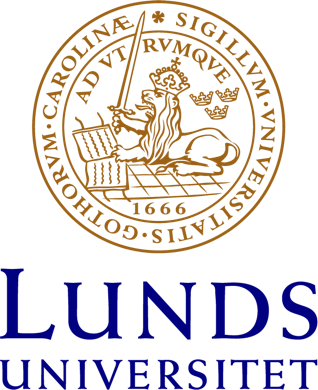2012-08-23
1. Creativity and the Evolvement of Culture: The Altering Capacity of Art Works
Gunnar Sandin (University of Lund)
Creativity, in the sense finding original solutions to life world problems, can be seen as the principal force of cognitive and communicational genesis, such as when new verbal language elements occur (Heine/Kuteva 2007). Creativity has been defined as the original act that not only makes a radical “revision of a concept” but also causes a “change of the rules” by which a discipline orients itself (Sahlin 1997). However, focusing on concepts and rules runs a risk of restricting creativity to actions that refine the particular discipline that “owns” these concepts and rules. In a broader perspective of human development, creativity should rather be seen as a radical force in the reorientation of cultivation.Artistic activity is often taken for granted as a creative domain, this despite the fact that much art, and much artistic intention, is not necessarily aspiring to make any radical change of the circumstances in which it is communicated. Still, the role of art in societies can be claimed to be of importance for human development. Art, of which decorative art is only a sub-category, may historically, and indeed in several archaeological and anthropological perspectives, be seen as a projection surface for the self-conceiving of a culture. And, in recent perspectives of shared cognitive resources, contemporary art may be considered as a generative part of the self-definition of individuals as well as communities (Brinck 2007). Art has even been described as “a major factor in evolving the cognitive domains in the long history of the human species” (Donald 2006), and in this perspective art is to be regarded as an important part in evolutionary change, a trigger that apart from belonging in the (later) theoretic stage involves also the more basic (earlier) cognitive domains of the mimetic and mythic stages (Donald 2006).
If art in general has these evolutionary and extensional qualities, what then could we say about the metacognitive, self-questioning agency of critical art, sometimes labelled “institutional critique”, i.e art that beyond depiction or beauty aims at exposing the fundaments upon which it itself is collected, maintained, symbolized, economized? Through examples from contemporary critical art, it will here be discussed if creativity – in order to distinguish it from problem-solving, refinement of discipline, or (in the other end) mere destruction – is best understood as an open-ended intention that alters the comprehension of its context.
References
- Brinck, Ingar, 2007, “Situated Cognition, Dynamic Systems, and Art: on Artistic Creativity and Aesthetic Experience”, Janus Head, 9(2), 407-431, Trivium Publ., Amherst, New York.
- Donald, Merlin, 2006, “Art and Cognitive Evolution”, in ed. Turner, Mark, The Artful Mind, Oxford Univ.Press.
- Heine, Bernd & Kuteva, Tania, 2007, The Genesis of Grammar, Oxford Univ Press.
- Sahlin, Nils-Eric, 1997, Value-change and creativity, in The Complexity of Creativity, ed. Andersson/Sahlin, Kluwer Academic Publishers, Dordrecht/Boston, London, p 59-66.
2. Different Experiential Motivations for Non-Actual Motion
Johan Blomberg and Jordan Zlatev (Centre for Languages and Literature, University of Lund)
It is common, in a number of diverse languages, to describe stationary spatial situations in dynamic terms, as in (1) and (2).- The road runs through the valley.
- The mountain range goes from Mexico to Canada.
In our study, we aim at rectifying these problems, and thus to provide a more satisfactory account of the phenomenon, which we refer to as non-actual motion. First, on the basis of Husserlian phenomenology, we offer an analysis that distinguishes between at least three experientially distinct motivations: (a) the self moving along a traversable path, (b) the scanning of a path, without an experience of motion and (c) a figure moving along the path. Second, we designed a picture-description study, which presented speakers (so far, only for Swedish), with professionally executed pictures that could be described with motion expressions. These presented the “path” in a first-person (1pp) or third-person perspective (3pp), either affording motion (afford-m) as in (1), or not as in (2), above. Results showed that the combined factors 1pp + afford-m elicited most descriptions with motion verbs, thus suggesting a strong role for motivation (a), but a more detailed analysis is forthcoming.
References
- Langacker, R.W. (1987). Foundations of Cognitive Grammar, volume 1: Theoretical Prerequisites. Stanford, CA: Stanford University Press.
- Matlock, T. (2004). Fictive motion as cognitive simulation. Memory & Cognition 32: p. 1389-1400.
- Matlock T., M. Ramscar & L. Boroditsky. (2005). The experiential link between spatial and temporal language. Cognitive Science 29: p. 655-664.
- Richardson, D. and T. Matlock (2007). The integration of figurative language and static depictions: An eye movement study of fictive motion. Cognition 102(1): p. 129-139
- Talmy, L. (2000). Toward a Cognitive Semantics, volume 1: Conceptual structuring systems. Cambridge, MA: MIT Press.
